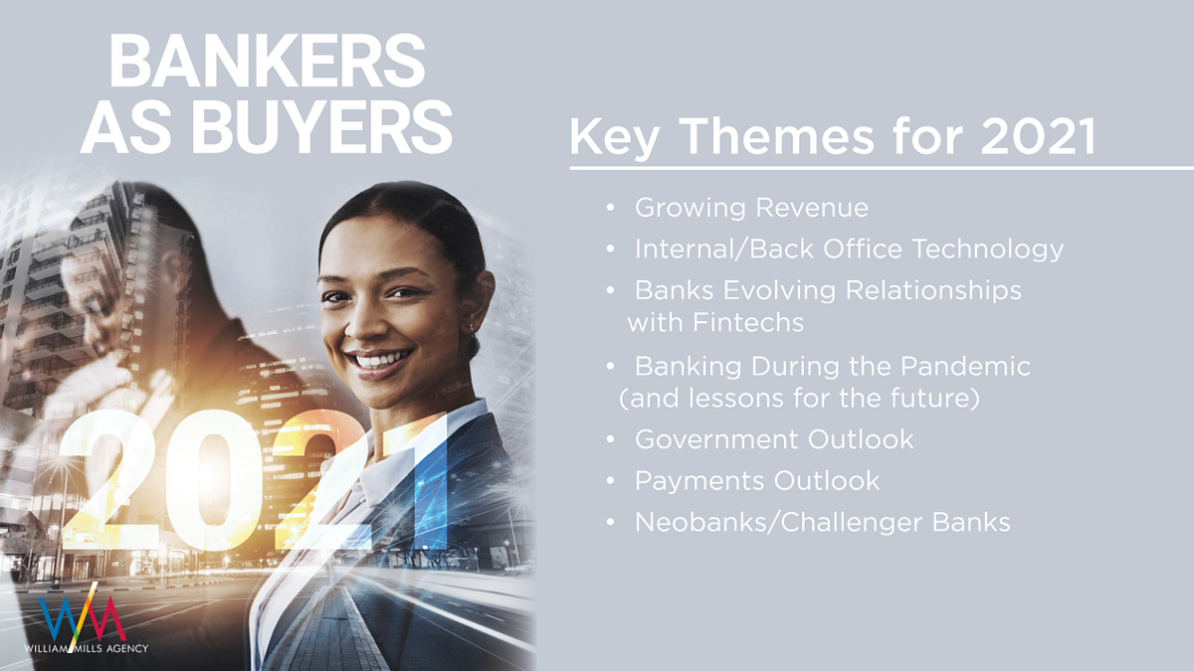Now tell the truth, have you ever said that after a Banking/FinTech conference? But I heard a banker say it at the 2022 FedFis Roundup.
The Roundup is a different event–limited to 200 or so, and completely focused on intimate, round table conversations, rather than vendor booths and canned speeches to mass audiences.
What made it so exciting? The focus on BaaS banks. Fully 50% of the BaaS banks in the country were in attendance, along with the vendors that support them. And passions ran high.
Dave Mayo kicked us off with a clarion call to save community banking. How? By moving into the future as a FinTech driven BaaS Bank. And by learning from other bankers through the Bankers Helping Bankers platform.
Dave did a great job firing up the audience, but the real fireworks were on Day 2, when Josh Rowland, founder and Chairman of Lead Bank, made an impassioned speech that carved out a bold role for community banks in the FinTech landscape.
Josh made a number of unique and sometimes controversial points:
- Community bankers know banking and customers. FinTechs know technology and fundraising, not customers. Some FinTechers in the audience, including yours truly, flinched at the strong delivery, but he has a point.
- Don’t be intimidated by FinTech technical knowledge–they can’t do it without YOUR charter
- Your core probably doesn’t get it. You may a new tech partner if they don’t.
- Treat working with a FinTech as free customer acquisition–their venture capital money can bring you new customers and detailed data about their activity.
That last point got my attention. FinTechs bring bankers new customers at zero cost. Across the US. That’s good for efficiency as well as risk management. Good customers? Time will tell, but the price is right.
Josh drew an equally impassioned response from Tanna Faulkner of DCI, who drove home the point that they are already helping BaaS banks, but need their bankers to give them more feedback. Her comments were grounded by Tanna’s deep banking and FinTech heritage–her father, a banker, was one of the founders of DCI. How many second generation FinTechers do you know?
I’ve never seen so many bankers passionately arguing of the future of the industry. There were strenuous arguments as to how best move forward, but no debate about the value of BaaS banks.
The 2022 Roundup was without a doubt the most exciting, interesting conference I’ve ever attended. Unfortunately, 2023 is already sold out. You might want to get on the waiting list.










